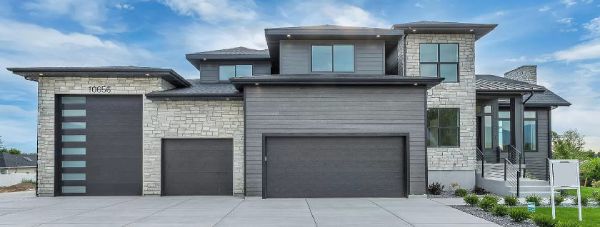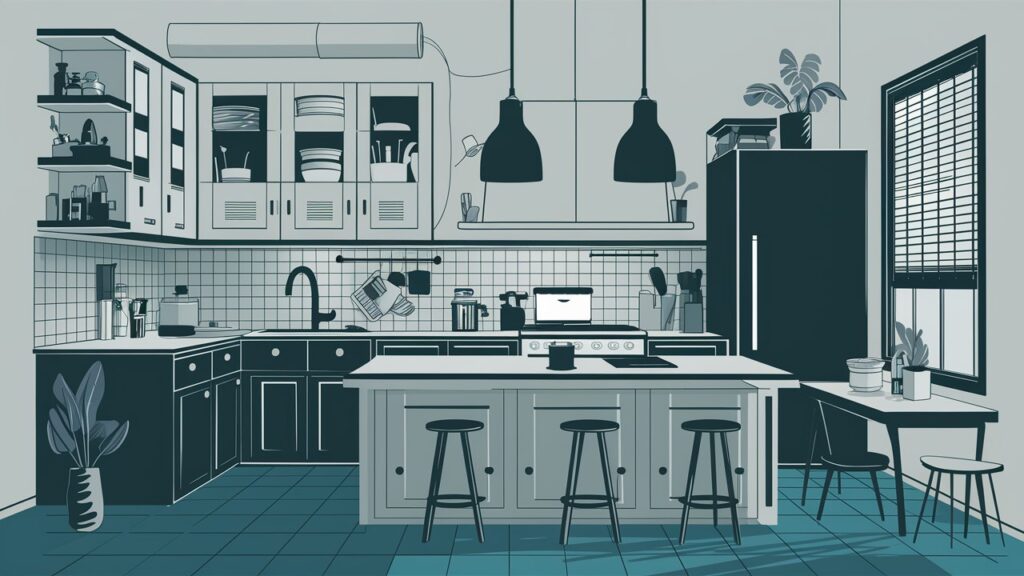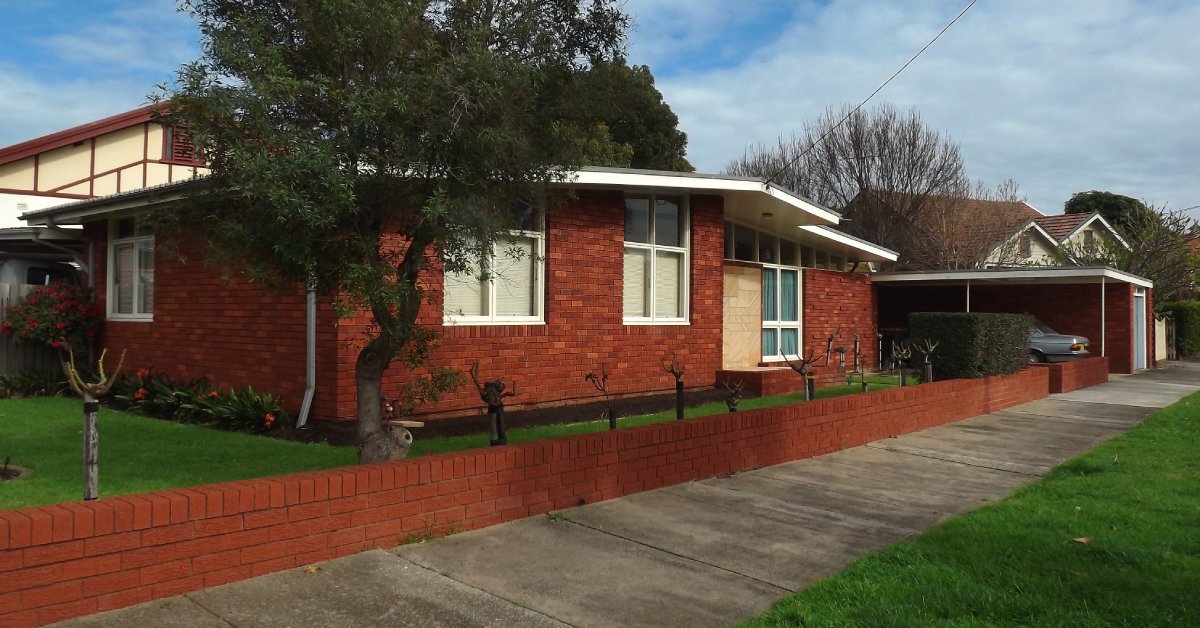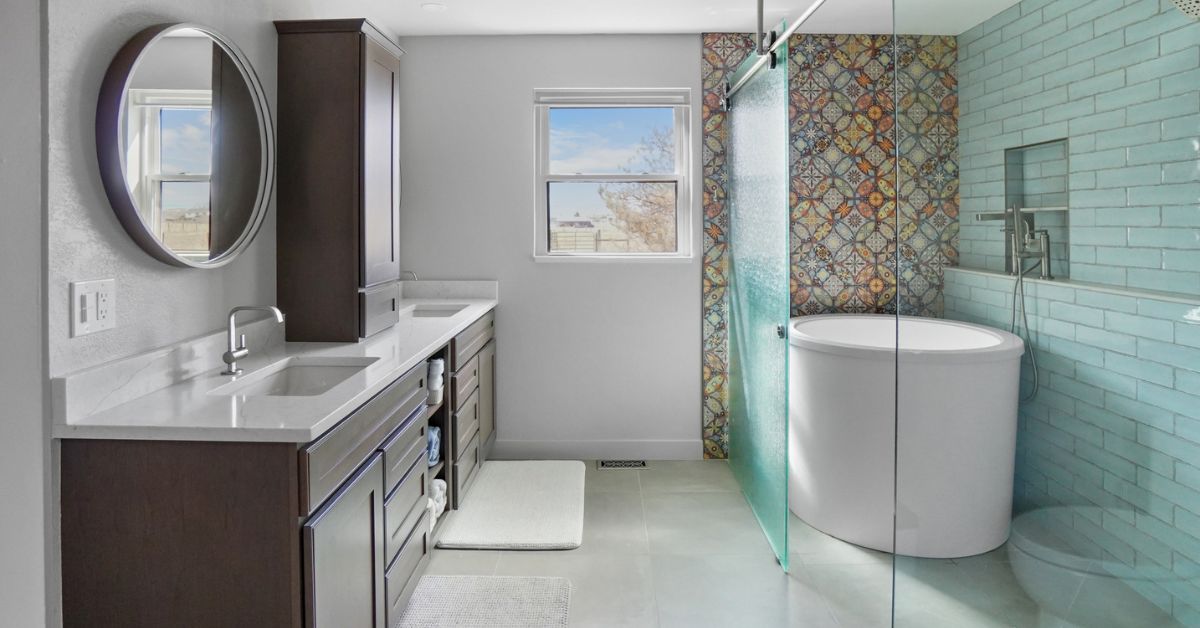When it comes to home renovations, the kitchen is often one of the most expensive rooms to remodel. According to Remodeling Magazine’s 2023 Cost vs. Value Report, the average cost of a midrange major kitchen remodel is $80,809, while an upscale major kitchen remodeling project can cost as much as $158,015.
These figures can be daunting for many homeowners, but with some strategic planning and smart decision-making, you can save a significant amount of money on your kitchen remodel without sacrificing quality or functionality.
Focus on Essential Upgrades
Rather than overhauling every aspect of your kitchen, prioritize the upgrades that will have the biggest impact on functionality and appeal. This could include replacing outdated appliances, updating countertops, or installing new cabinetry. By focusing on the essentials, you can save money without sacrificing the overall look and feel of your kitchen.
For example, let’s say your kitchen has outdated appliances, worn-out countertops, and dated cabinetry. Instead of completely gutting the entire space, you could focus on replacing the appliances with energy-efficient models, resurfacing the countertops with a durable and affordable material like laminate, and refacing the existing cabinets with new doors and hardware. This approach can provide a fresh, updated look while saving you thousands of dollars compared to a full kitchen remodel.
Refurbish Instead of Replace
In some cases, it may be more cost-effective to refurbish existing kitchen elements rather than replacing them entirely. For example, you could refinish cabinets or resurface countertops instead of buying brand new ones. This approach can provide a fresh, updated look at a fraction of the cost of a full replacement.
Refinishing cabinets can be a particularly cost-effective option. Instead of replacing the entire cabinet system, you can have the existing cabinets sanded, stained or painted, and fitted with new hardware. This can breathe new life into your kitchen without the hefty price tag of brand new cabinetry. Similarly, resurfacing countertops with a durable laminate or solid surface material can be significantly less expensive than a full countertop replacement.
Opt for Mid-Range Materials
While high-end materials like custom cabinetry and luxury appliances can be tempting, they often come with a hefty price tag. Consider opting for mid-range materials that still provide a quality look and feel, but at a more affordable cost. This can include stock cabinets, laminate countertops, and energy-efficient appliances.
Stock cabinets, for example, can be a cost-effective alternative to custom-made cabinetry. While they may not offer the same level of customization, stock cabinets are often available in a variety of styles and finishes that can still complement the overall design of your kitchen. Similarly, laminate countertops have come a long way in terms of their aesthetic appeal and durability, and they can be a more budget-friendly option compared to natural stone or quartz.
DIY Where Possible
If you’re handy and comfortable with home improvement projects, consider tackling some of the less complex tasks yourself. Things like painting, tiling, and even cabinet refacing can be done DIY, saving you money on labor costs. Just be sure to carefully research and plan any DIY work to ensure it’s done safely and to a high standard.
Before attempting any DIY work, it’s important to assess your skill level and comfort with the task at hand. Some projects, such as electrical work or plumbing, may be better left to the professionals to avoid costly mistakes or safety hazards. However, for more straightforward tasks like painting or installing new hardware, DIY can be a great way to save money on your kitchen remodel.
Time Your Remodel Strategically
The timing of your kitchen remodel can also impact the overall cost. Try to schedule your project during the off-season, when contractors may be less busy and offer more competitive pricing. Additionally, be mindful of market conditions and any seasonal fluctuations in material costs.
For example, many homeowners opt to remodel their kitchens during the spring and summer months, when the weather is more favorable for construction work. However, this can also be a peak season for contractors, who may charge higher rates due to increased demand. By scheduling your remodel during the fall or winter, you may be able to take advantage of slower periods and negotiate better pricing with your contractor.
Explore Financing Options
If you don’t have the cash on hand to fund your kitchen remodel, consider exploring financing options such as home equity loans, personal loans, or credit cards with promotional interest rates. Just be sure to carefully evaluate the terms and conditions to ensure you’re getting the best deal.
Home equity loans or lines of credit can be a particularly attractive option, as they often come with lower interest rates than personal loans or credit cards. Additionally, the interest paid on a home equity loan may be tax-deductible, depending on your specific situation. However, it’s important to carefully consider the risks and ensure that you can comfortably afford the monthly payments.
Negotiate with Contractors
When selecting a contractor for your kitchen remodel, don’t be afraid to negotiate. Get multiple quotes and use them to your advantage, asking for discounts or better terms. You can also try to negotiate the cost of materials or request that the contractor use leftover materials from previous jobs.
Negotiating with contractors can be a delicate process, but it’s often worth the effort. Start by getting quotes from at least three different contractors, and use those quotes to your advantage when negotiating. You might ask for a discount on labor costs, a reduced markup on materials, or even a package deal that includes additional services at a discounted rate.
Prioritize Energy Efficiency
Investing in energy-efficient appliances and fixtures can not only save you money on your utility bills but also increase the resale value of your home. Look for ENERGY STAR-certified products and consider upgrading to LED lighting, which can provide significant long-term savings.
Energy-efficient appliances, such as refrigerators, dishwashers, and ovens, can significantly reduce your energy consumption and lower your monthly utility bills. Additionally, upgrading to LED lighting can provide up to 75% in energy savings compared to traditional incandescent bulbs. These investments may have a higher upfront cost, but they can pay dividends over time through reduced energy expenses and increased home value.
Maximize Storage and Organization
Improving the storage and organization of your kitchen can make it feel more functional and spacious, without the need for a complete overhaul. Consider adding custom shelving, pull-out drawers, or other organizational solutions to make the most of your existing space.
By optimizing the storage and organization of your kitchen, you can create the illusion of a larger, more efficient space without the need for costly structural changes. This can include installing custom-built shelves, adding pull-out drawers to base cabinets, or incorporating organizational systems like lazy susans or vertical dividers. These upgrades can significantly improve the functionality of your kitchen while saving you money compared to a full remodel.
Reuse and Repurpose
Before replacing existing kitchen elements, explore ways to reuse or repurpose them. For example, you could refinish cabinets, reface doors, or even upcycle old appliances or fixtures into unique design features. This can help you save money while adding a personalized touch to your kitchen.
Repurposing and upcycling can be a great way to inject some creativity into your kitchen remodel while saving money. For instance, you could transform an old dresser or cabinet into a unique kitchen island, or use reclaimed wood to create a rustic-inspired open shelving unit.
Seek Professional Advice
While it may seem counterintuitive, consulting with a professional kitchen designer or contractor can actually help you save money in the long run. They can provide valuable insights into cost-effective solutions, help you avoid costly mistakes, and ensure that your remodel is completed efficiently and to a high standard.







